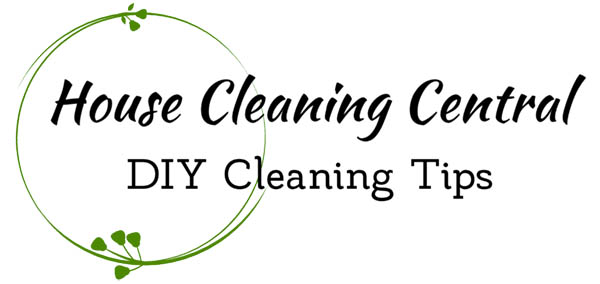Cleaning Lacquered Copper

How to Clean Lacquered Copper
There’s no precious metal quite like copper.
Copper’s colors range from a beautiful pink shade to orange and a warm dark brown.
Nearly all jewelry, home decor, and decorative kitchen copper has a protective coating of lacquer that resists tarnishing.
You can tell whether or not your copper is lacquered by its color. The lacquer is similar in appearance to clear nail polish.
If your copper just looks dusty and grimy, rather than tarnished, then it is probably lacquered.
Cleaning Dirty Copper:
If your copper is dirty and grimy and you can easily give it a quick cleaning
You should never scrub lacquered pieces, or use harsh cleaning solutions, because it can damage the protective coating.
Only use warm water and a mild soap to clean it. Lacquered copper will stay shiny and beautiful for years with only basic cleaning.
Cleaning Solution Recipe
- 2 cups warm water
- 2 TBL mild dishwashing detergent
Cleaning Process
- Spray your cleaning solution onto the piece
- If heavily soiled allow to sit for a few minutes
- Wipe the item with a clean washcloth to remove dirt, grime and smudges
- Rinse completely with clean water
- Dry completely with a soft cloth
Cleaning Tarnish From Lacquered Copper:
If the lacquer is scratched, damaged or has tarnish under the finish, you may want to remove it completely in order to enjoy the items original beauty.
Some older copper pieces look splotchy because the lacquer is coming off and it needs to be removed completely and reapplied.
It’s not a good idea to place lacquered copper items near the stove or in the bathrooms. When they are exposed to steam or moisture, they can tarnish under the protective coating. In this case the lacquer will need to be removed completely so you can remove the tarnish and then reapply.
Once the lacquer is removed, the copper will be exposed to the elements and will begin to tarnish just as other bare copper items do.
Lacquer Removal Solution Recipe:
- 1 gallon of boiling water
- 1 cups of baking soda
Removal Process:
- Combine the baking soda and water in a pot and heat until it boils
- Use tongs and carefully immerse the item in the cleaning solution
- The lacquer should start peeling off, or you will see white scummy material floating on the surface of the water.
- Remove the item from the water and begin polishing it immediately to remove any remaining lacquer.
You may have to repeat this process a few times to remove all of it completely.
Tough Removal Problems:
Sometimes lacquer may be difficult to remove completely. Because lacquer is similar to nail polish you can also use acetone (finger nail polish remover) to remove it.
Lacquer thinner, available from home improvement stores can also help.

